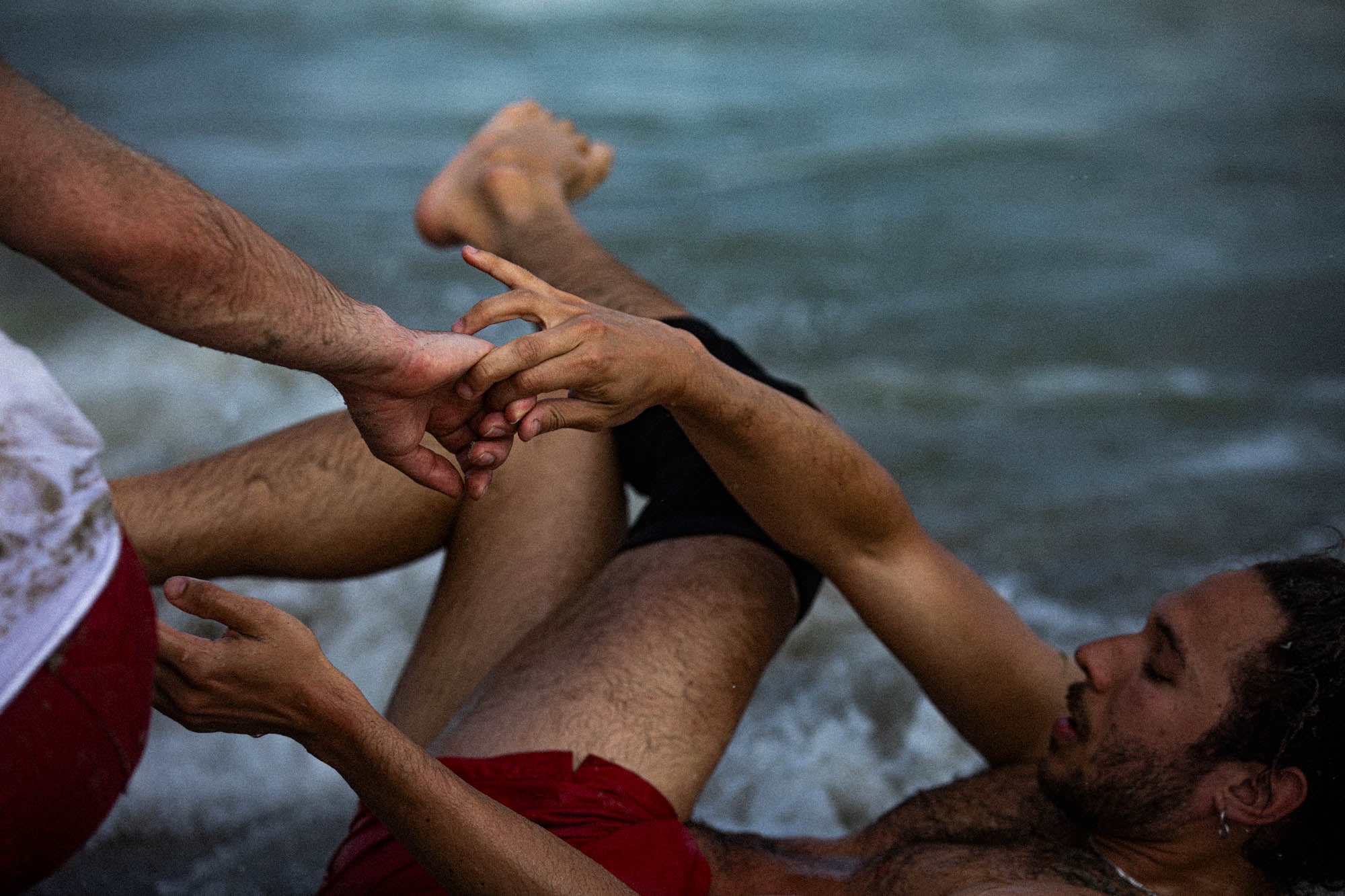Christmas Baddies
Between New York City Ballet’s “George Balanchine’s The Nutcracker®” and “The Magic Flute” at the Metropolitan Opera, it’s hard to compete with the Upper West Side’s holiday kid offerings.
Continua a leggere
World-class review of ballet and dance.
Once a year New York City dance lovers and Brooklyn beach-goers converge in the Venn diagram of performance art and natural splendor that is Beach Sessions Dance Series. The free one-day event in Rockaway Beach, Queens, celebrates its tenth anniversary on September 2 with the world premiere of Faye Driscoll’s “Oceanic Feeling.”



“Uncommonly intelligent, substantial coverage.”
Your weekly source for world-class dance reviews, interviews, articles, and more.
Already a paid subscriber? Login

Between New York City Ballet’s “George Balanchine’s The Nutcracker®” and “The Magic Flute” at the Metropolitan Opera, it’s hard to compete with the Upper West Side’s holiday kid offerings.
Continua a leggereThe Sun King not only invented ballet in its modern form but in 1713 also founded the oldest ballet academy in the world.
Continua a leggereThe Choreographic Platform Austria (CPA) held in Salzburg from 20–22 November 2025, has become a biennial focal point for contemporary dance in Austria.
Continua a leggereIt’s “Nutcracker” season at San Francisco Ballet—36 performances packed into three weeks—which means that the company is currently serving two distinct audiences.
Continua a leggere
comments